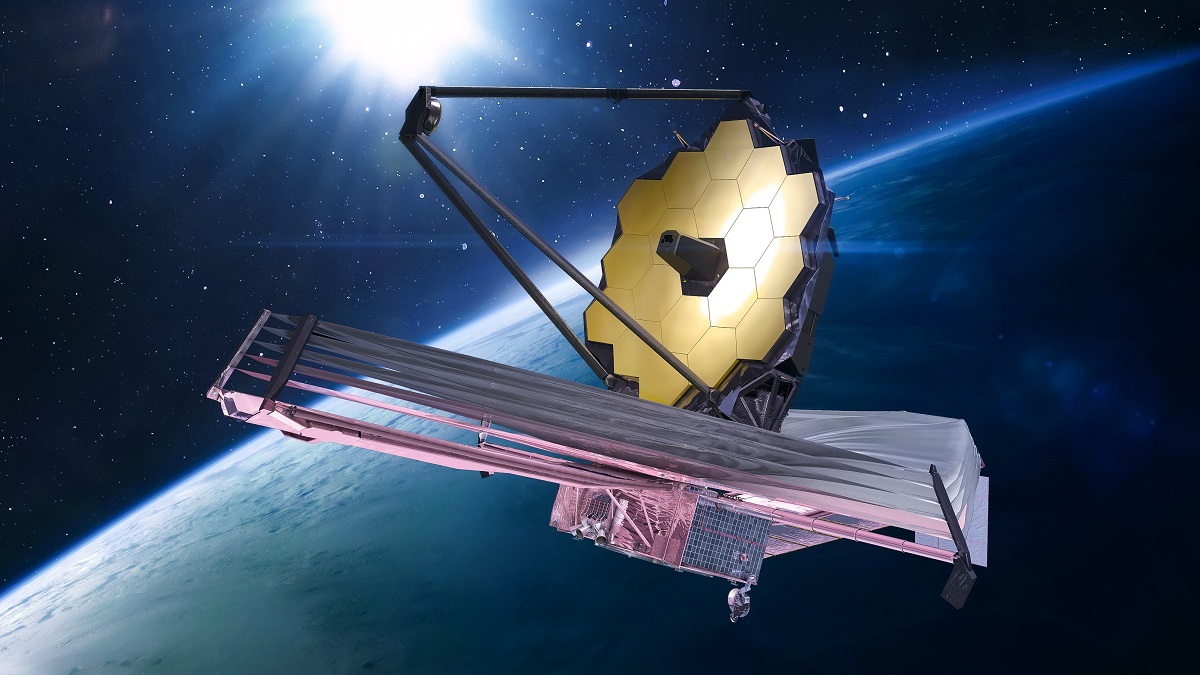Human by nature is inquisitive. His curiosity and ardency to explore his surroundings lead him to discern the depths of the oceans and reach the zenith of the universe. Gone are the days when people were awed by the reportage of Neil Armstrong stepping on the moon. They are now convinced to sift through the heavens to dig into every single particle of the universe. Over the last few decades, astronomy has emerged as one of the most expanding disciplines reason being the modern inventions and new discoveries in the field of astronomy.
From the invention of first telescope in 1608 to the development of Hubble telescope to the making of latest James Webb Space optical telescope, a complete paradigm shift has been seen regarding the study and understanding of cosmos. In this blog, we will go through the making, functioning and the final destination of James Webb Space Telescope.
What is James Webb space telescope?
James Webb space telescope is a space observatory that was conceived in 1980s and developed in 1990s. It conducts infrared astronomy and has the potential to view objects that are never seen before. It has high resolution and sensitivity, which makes it capable of viewing objects which could not be viewed through its predecessor, the Hubble telescope. It is the most modern telescope of today. It is named after James E Webb, who was administrator of NASA from 1961 to 1968 during Mercury, Gemini and Apollo programs. The design for this telescope, then named as Next Generation Space Telescope, began in 1996 with potential launch in 2007. With major reconstruction in 2005, the current design was completed in 2016 with an investment of US$10 billion.
Development of James Webb Space Telescope was a joint venture of National Aeronautics and Space Administration (NASA), the European Space Agency (ESA) and the Canadian Space Agency (CSA). James Webb space telescope was launched on December 25,2021 from ESA’s launch site at Kourou in French Guiana, at 7:20 a.m. EST. It was tightly folded inside the payload bay of the Ariane 5 rocket which was a part of European Space Agency (ESA) and a contribution towards this mission along with the launch service of the U.S.
Read More: Top 5 New Medical Technologies
How does a James Webb Space Telescope work?
James Webb Space Telescope is one step closer to unveil the mysteries of the universe. It will serve the role to prove or disapprove hypothesis like string theory or big bang theory. A James Webb Space Telescope consists of 18 hexagonal gold plated beryllium mirrors. It works by synchronizing its mirrors to bring into focus images. These mirrors have a diameter of 6.5 meters compared to 2.4 meters diameter of Hubble telescope. Due to this greater diameter James Webb Space Telescope has a light collecting area that is six times greater than that of a Hubble telescope.
It has two sides with having temperature extremes on both the sides. A hot side, that faces the sun has a temperature of 185°F and a cold side with negative temperature of -388° F. According to NASA’s scientists, the gravitational forces and orbital movement at Lagrange point 2 will balance the telescope as it hovers its orbit. The telescope is positioned in an orbit around a space nearly 1 million miles away from Earth from where it tends to capture images and it will help us to look back in times by capturing light from stars and galaxies more than 13 billion years ago. James Webb Space Telescope is said to be 100 times more powerful and seven times more sensitive than a Hubble telescope.
What is the final destination of the James Webb Space Telescope?
James Webb Space Telescope was launched on December 25, 2021 and it was reported to reach its final destination, a gravitationally special spot known as Lagrange point 2 or L2 on January 24, 2022. This point is almost 1 million miles away from the Earth or 1.5 million kilometers away, that makes around four times the distance to the moon. On January 24, JWST fired thrusters and nudged itself into the orbit which it will circle once every six months. At Lagrange point 2 the gravitational pull of the sun and the earth equals the centripetal force required for JWST to move with them. Second lagrange point or L2 is one of the five Lagrange points in the sun-earth system Two of them are home to spacecrafts.
The James Webb Space Telescope is not parked exactly at L2 because had it been precisely at L2 it would be blocked by the earth and it wouldn’t get its electricity that is generated from enough sunlight from the sun. The unique thing about L2 that makes it particularly good for sensitive observatories such as JWST is that it offers an unimpeded view to look into the most of the sky. At this point the sun the earth and the moon lies behind the James Webb Space Telescope. From L2 the sunshield will block the sun while it’s wide mirror will explore the deep darkness of the space.
James Webb Space Telescope will help the scientists study most of the astronomical objects, including distant galaxies, extrasolar planet formation and truth about the beginning of the universe. Scientists believe that James Webb Space Telescope will continue to provide information for at least next 20 years, even it runs out of fuel it won’t come back to the earth rather it won’t be able to keep itself in the orbit. In that case it’s sunshield will become ineffective and it cameras will stop working. It will ultimately drift away as L2 is an unstable spot.
Images taken by James Webb Space Telescope
In the second week of July, 22 NASA revealed that James Webb Space Telescope has taken five pictures. These pictures offer some most detail glimpses into the beginning of the universe.
Read More: Doctors Serving Humanity Through Digital World – About Pakistan
Here are the details of what the images has shown.
- SMAC 0723
JWST has the capacity to look into the deepest space and as far as 13.6 billion light years. It captured images of a galactic clusters known as SMAC 0723 that contains thousands of galaxies, some of which are as far away as 13.1 billion light years. It showed blue galaxies with more mature stars as well as red galaxies with more dust and new stars in formation.
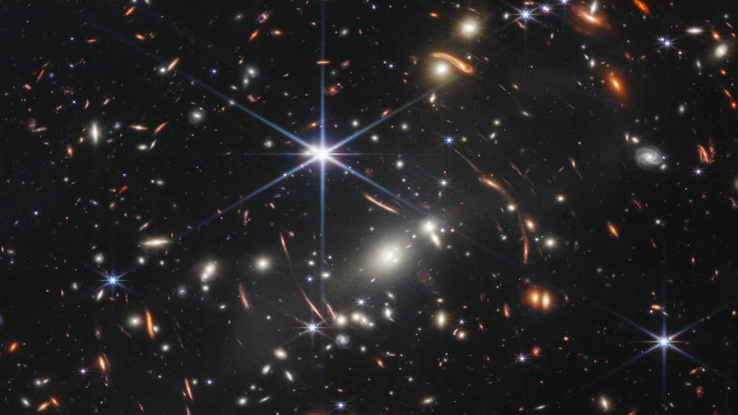
- Carina Nebula
Nebula is the primitive stage of star formation. Carina nebula looks like cliffs and vast peaks of dust and gasses some of them are as tall as 7 light years. Carina nebula has already been captured by Hubble telescope, but Webb presented a detailed view showing continuous birth of new stars in this turbulent region. When the stars are formed, they give away enormous energy which gives nebula a shape.
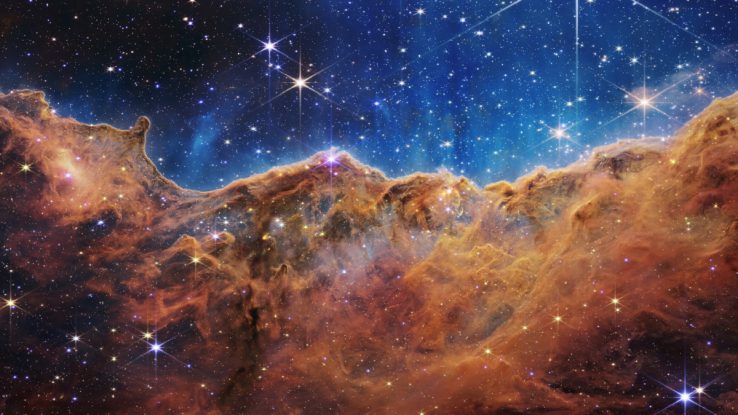
- Stephan’s Quintet
Stephan’s Quintet is a cluster of five galaxies. It was first seen by astronomers in 1877. The left most galaxy is located 40 million light years away from the Earth while other four are located 290 million light years away. The four closely packed galaxies interact through stars intermixed that are pulled to one another through gravitational pull.
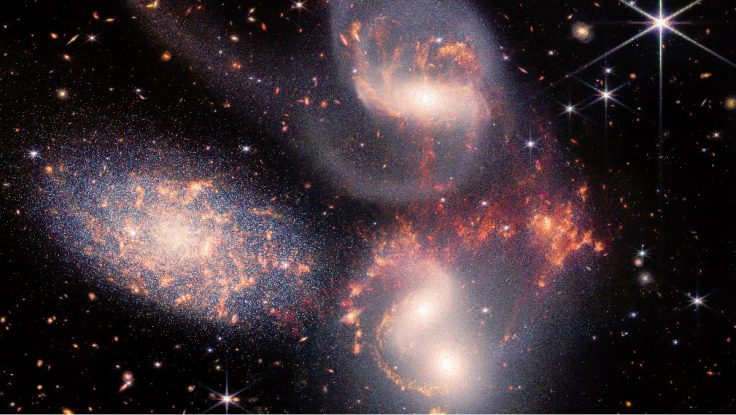
- Southern Ring nebula
Webb captured image of a pair of elderly stars that were orbiting each other approximately 2500 light years from the earth. When the stars are about to die they form nebulae, that is clouds of dust and gasses. JWST not only captured the Southern Ring nebula, but also has the capacity to study its chemistry giving information about how matter is released from a dying star.
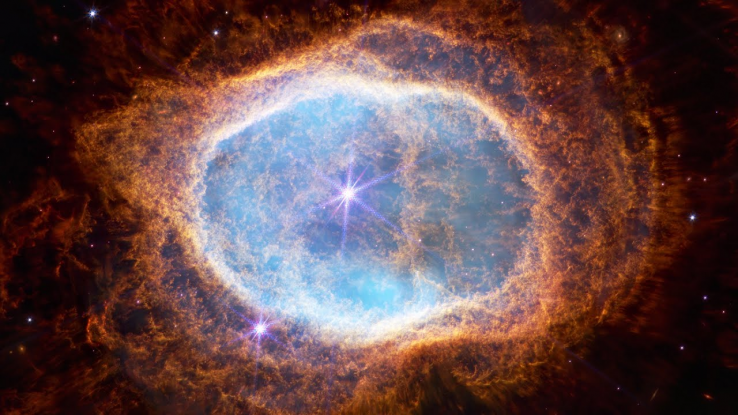
- WASP 96b
As James Webb Space Telescope has the capability to detect the signs of life on other planets, it has discovered the atmosphere of a Jupiter like planet that lies 1150 light years from the earth named as WASP 96 b. When the planet passes in front of its parent star Webb can analyze the starlight streaming through the atmosphere detecting the signs of biology. James Webb Space Telescope found plenty of water on this planet clueing towards existence of life as water is the basic component for the survival of life.
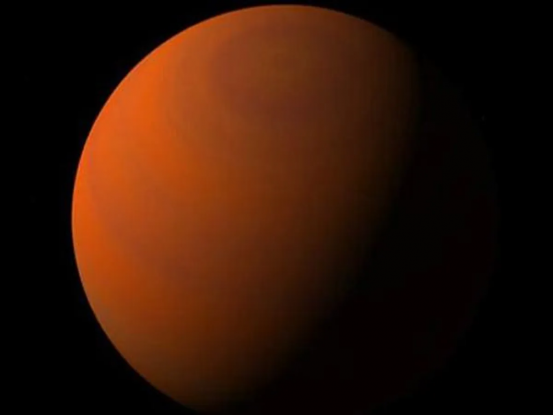
Read More: In Historic First, SpaceX Successfully Launches NASA Astronauts into Space
Conclusion
Gazing at the sky and wondering from where did life start, is one of the obvious questions that everyone has come up with, at some point in life. But with advancement in astronomy and development of James Webb Space Telescope is giving us a new hope and a wave of excitement can be felt not only among common people, but scientists who have been working for centuries to find out how actually this universe came into existence and a way to end the debate if the big bang theory was actually something believable or just another hypothesis with no logical basis. But after seeing the ongoing efforts of astronomers and continuous exhibition of scientific innovation we can safely say that within next few years, we would be living with all the answers that ever clicked our mind and this would be definitely another miracle of science.

